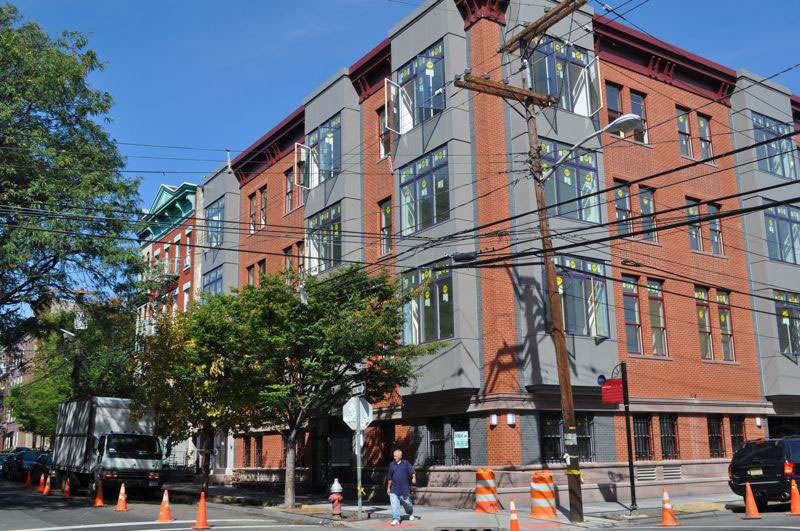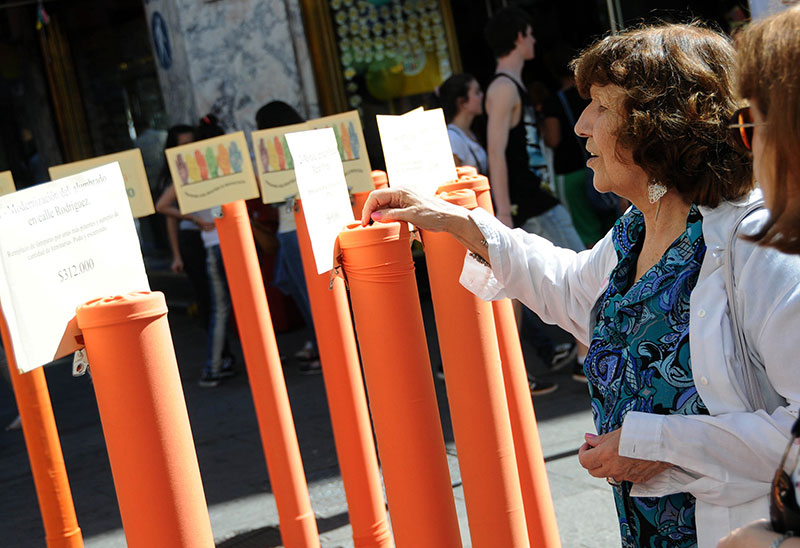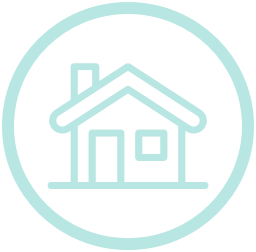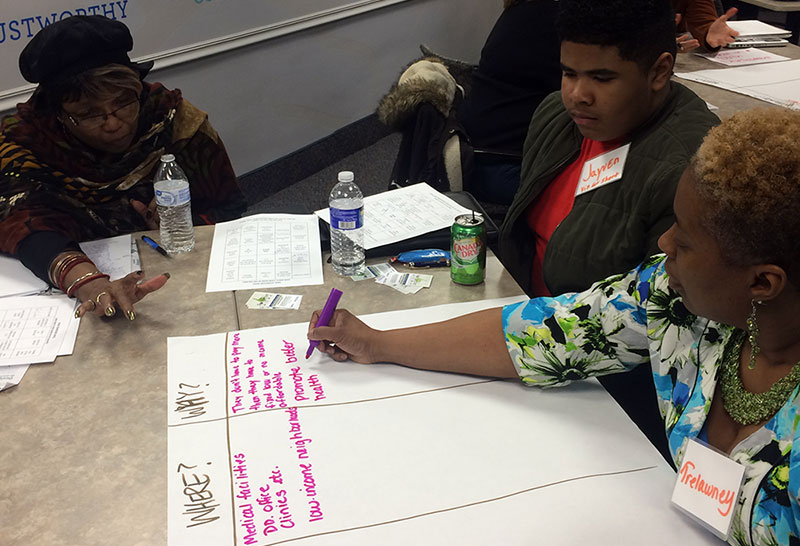PB can: Support Affordable Homes
Issue
As housing prices rise and wages remain low, many New Jerseyans are struggling to find and keep affordable housing. Fifty-two percent of New Jersey renters are “housing burdened,” meaning they spend more than 30% of their income on rent—and 33% of owners face the same problem.2
Participatory budgeting (PB) is a tool for letting community members propose and prioritize the projects that can help keep or make their neighborhoods affordable.
“Housing is [one of] the biggest challenges that we face—looking at affordable housing and the income balance that you need to have. Today in some communities you need three full-time minimum wage jobs to afford a two-bedroom apartment.”

Add Your Voice:
Click here to share your vision for PB in your community. >
Impact
Elected officials know that the feedback they receive on project proposals often doesn’t match the full diversity of their constituency. Recent research confirms this—the majority of individuals who share comments at zoning and planning meetings are older, male, and homeowners.3 That leaves out a huge swath of community members—particularly women, people of color, recent immigrants, and renters. It also means that feedback on major public projects—like building new affordable housing—often doesn’t reflect the opinions of those who would benefit most from them.
PB is a structured, proven process for making sure those impacted most by the issues facing your community have their say. Involving community members in budgeting means that their input can shape projects from the beginning—rather than at the end of a process, where feedback is less effective. PB can make your policy-making more effective and equitable.
“Low-income renters and people of color often struggle just to be heard, much less to influence the debate and shape policy. On the other hand, real estate interests, homeowners, and elected officials form a powerful political bloc that sets the parameters of the housing debate. This long-standing imbalance of power explains why the housing market remains a primary mechanism for reproducing racial inequality and segregation.”

Get Resources:
Click here for more resources on how PB can help your community. >
Funding
PB has already been used to meet housing needs using these funding sources:
- Municipal funding
- Community Services Block Grant (CSBG) funds
- Community Development Block Grant (CDBG) funds
- Tax increment financing (TIFs)
It hasn’t happened yet (as far as we know), but there is strong potential for PB to be used with:
- Community benefits agreements
- Payment in Lieu of Taxes (PILOT) agreements
- Hospital/anchor institution community benefit fund
The Participatory Budgeting Project will follow up with more information on how PB can help solve the issues that matter most in your community.

